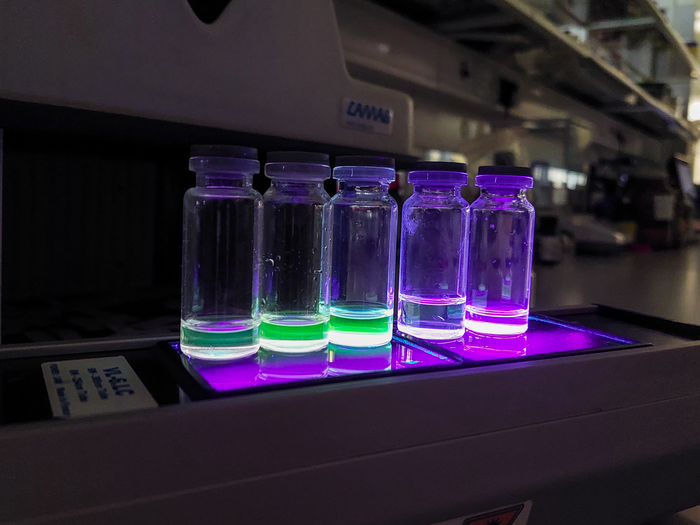Montreal, April 16th 2019 – Children of mothers who had gestational diabetes during pregnancy could be at increased risk of type 1 diabetes themselves, according to a new study led by a team at the Research Institute of the McGill University Health Centre (RI-MUHC) that was published in the Canadian Medical Association Journal (CMAJ).
Early detection of diabetes is important in children and youth, as many — about 25 percent — are diagnosed when seeking care for diabetic ketoacidosis, a potentially life-threatening complication of diabetes that can occur when the body starts running out of insulin.
“Although type 1 and type 2 diabetes in parents are well-established risk factors for their offspring to become diabetic, we show in this study that gestational diabetes may also be a risk indicator for type 1 diabetes in the mother’s children. We found that a child or teen whose mother had gestational diabetes was nearly twice as likely to develop type 1 diabetes before the age of 22,” says senior study author Dr. Kaberi Dasgupta, director and senior scientist of the Centre for Outcomes Research and Evaluation (CORE) at the RI-MUHC and an associate professor of medicine at McGill University.
The study of 73,180 mothers compared data from Quebec (1990-2012) on randomly selected single births from mothers with gestational diabetes to births from mothers without gestational diabetes. The incidence — the number of new cases — of diabetes per 10,000 person-years was 4.5 in children born to mothers with gestational diabetes and 2.4 in mothers without.
“Only a small number of children will develop diabetes before the age of 22, even if their mothers had gestational diabetes,” says study co-author, Dr. Meranda Naklha, a pediatric endocrinologist at the Montreal Children’s Hospital of the MUHC and an assistant professor of pediatrics at McGill University. “However, parents and healthcare providers should consider the possibility of diabetes if children start showing signs such has frequent urination, excessive thirst, or weight loss, particularly if their moms had gestational diabetes.”
According to the authors, the reasons for this relationship need to be examined in future studies but the evidence of the link may help to accelerate the diagnosis of diabetes in young people.
“This study is important, as we try to understand risk factors for type 1 diabetes,” says Dr. Jan Hux, President and CEO of Diabetes Canada, which funded the research. “This research may result in a greater propensity for healthcare providers to promptly test children who present with typical diabetes symptoms and who are born to mothers with gestational diabetes, thereby reducing the likelihood of severe incidents like diabetic ketoacidosis. We look forward to improving the lives and outcomes of children through greater research in this area.”
Diabetes: type 1 versus type 2
(source: Diabetes Canada)
Type 1 diabetes generally develops in childhood or adolescence, but can also develop in adulthood. People with type 1 diabetes aren’t able to produce their own insulin (and can’t regulate their blood sugar) because their body’s immune system is attacking the pancreas. Roughly 10 percent of people living with diabetes have type 1 insulin-dependent diabetes.
Type 2 diabetes is most commonly developed in adulthood, although it can also occur in childhood. People with type 2 diabetes can’t properly use the insulin made by their bodies, or their bodies aren’t able to produce enough insulin. Roughly 90 percent of people living with diabetes have type 2 diabetes.
###
About the study:
Gestational diabetes associated with incident diabetes in childhood and youth: a retrospective cohort study
Andrea L. Blotsky MD MSc, Elham Rahme PhD, Mourad Dahhou MSc, Meranda Nakhla MD MSc, Kaberi Dasgupta MD MSc
doi: 10.1503/cmaj.181001
This study was supported by an operating grant from Diabetes Canada (principal investigator Kaberi Dasgupta; co-principal investigator Elham Rahme).
Media contact:
Julie Robert
Communications
McGill University Health Centre
tel: 514 934-1934 ext. 71381
cell: 514 971-4747
Media Contact
Julie Robert
[email protected]
Related Journal Article
https:/
http://dx.





